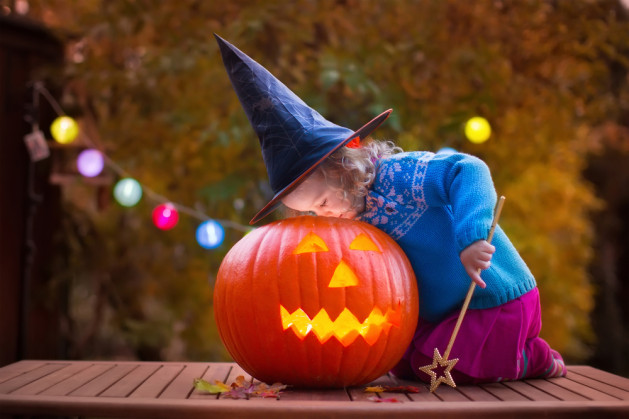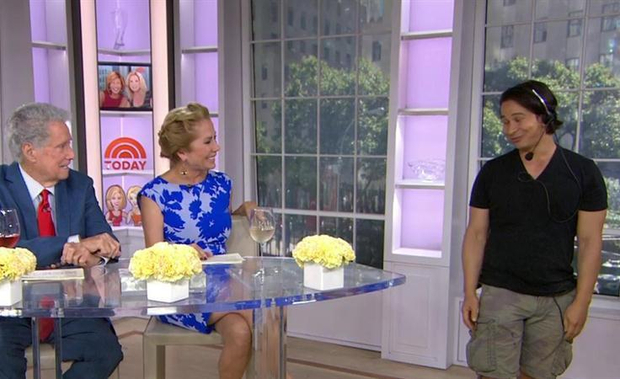
Have you ever wondered where the bizarre and mischievous Halloween tradition of trick-or-treating came from? It didn’t just pop up out of the blue, you know. So, if you feel like relating a small history lesson to some pre-adolescent n’er-do-well this year, here it is.
Trick-or-treating originally began as a practice known as “souling” in the Middle Ages on All Hallows Eve. “All Hallows Evening” was the first name given to this night, October 31st, as it directly preceded “All Saints Day” and marked the beginning of the cold, bleak season. Winter, of course, is the time of year during which many people died, because of the harsh cold and lack of stored harvest.
The tradition of souling began with children dressing up in Celtic costumes and going from door to door. But unlike today, where you are given the option of either ponying up some sweets or suffering the stings of trickery, the young lads of the Middle Ages would offer songs or prayers in return for food or money. This was practiced, or so they said, on behalf of the deceased.
Souling eventually morphed into “guising” as the tradition spread throughout Europe. Children would disguise themselves with increasingly elaborate dress and they would offer songs, poems, or some such amusement piece in return for small amounts of food or money. Wholesome, right?
When European immigrants made their way to melting pot America, they brought this confectionary custom along with them. However, it took a few years for it to catch on. It wasn’t until the World War II sugar ration was lifted that trick-or-treating became a ubiquitous practice in North America. Then our little rascals began to demand sweets, lest your property suffer some form of small terror. The choice was left up to you: hand over the goods, buddy, or face the consequences.
Leave it to America. Now Halloween can be safely placed among our overly heavy consumer-driven holidays. So buy candy, folks, and dole it out – but not too much! It isn’t very good for us.



